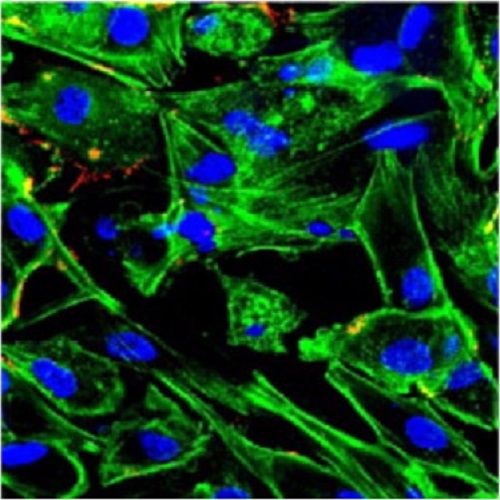Membrane lipidome of an epithelial cell line.
Tissue differentiation is an important process that involves major cellular membrane remodeling. We used Madin-Darby canine kidney cells as a model for epithelium formation and investigated the remodeling of the total cell membrane lipidome during the transition from a nonpolarized morphology to an epithelial morphology and vice versa. To achieve this, we developed a shotgun-based lipidomics workflow that enabled the absolute quantification of mammalian membrane lipidomes with minimal sample processing from low sample amounts. Epithelial morphogenesis was accompanied by a major shift from sphingomyelin to glycosphingolipid, together with an increase in plasmalogen, phosphatidylethanolamine, and cholesterol content, whereas the opposite changes took place during an epithelial-to-mesenchymal transition. Moreover, during polarization, the sphingolipids became longer, more saturated, and more hydroxylated as required to generate an apical membrane domain that serves as a protective barrier for the epithelial sheet.

- Proc. Natl. Acad. Sci. U.S.A. 2011 Feb 1;108(5):1903-7
- 2011
- Cell Biology
- 21245337
- PubMed
Enabled by:
